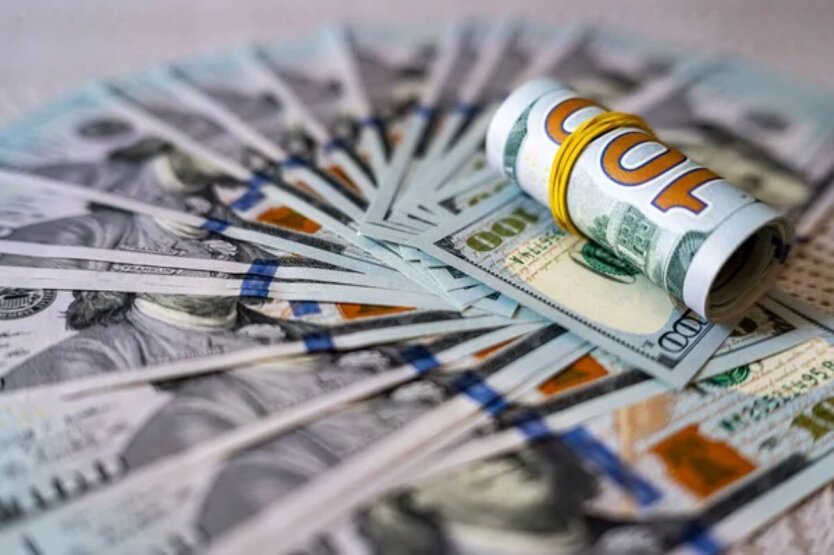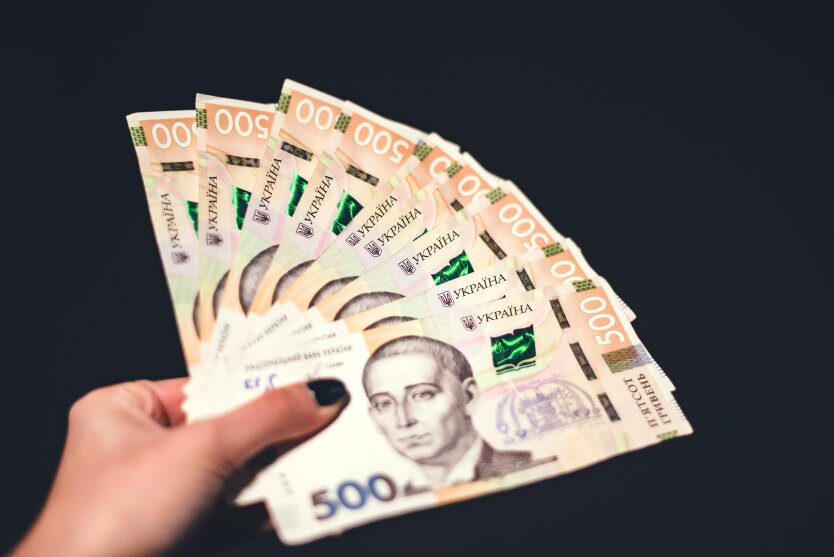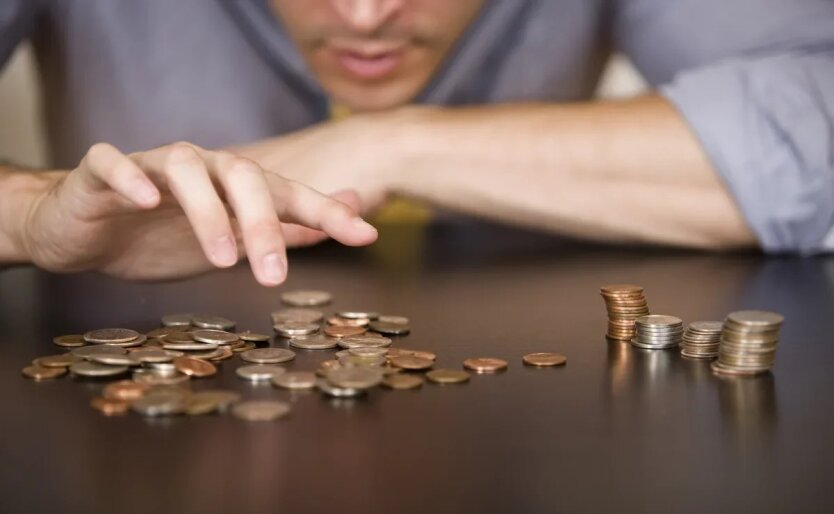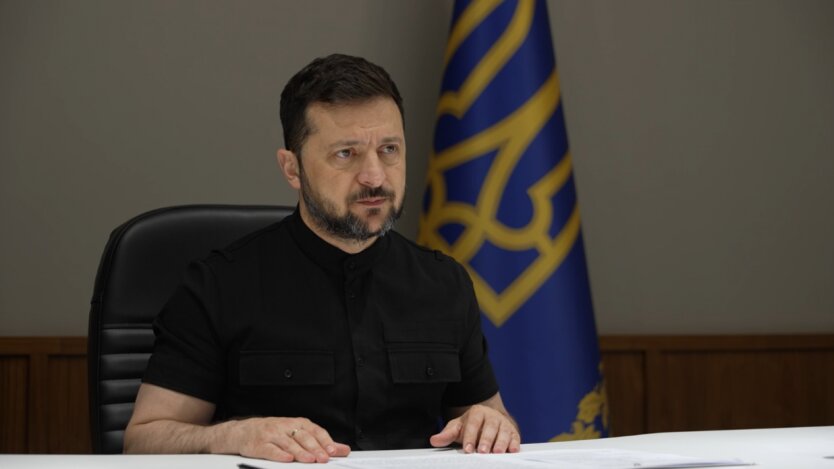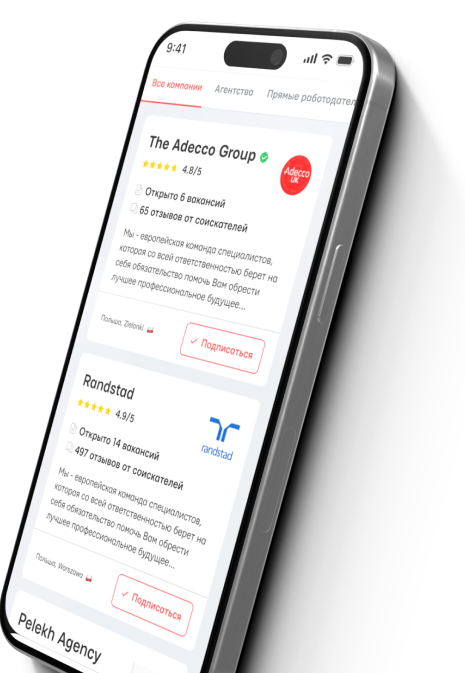How to Exchange Old Dollars for New Ones.

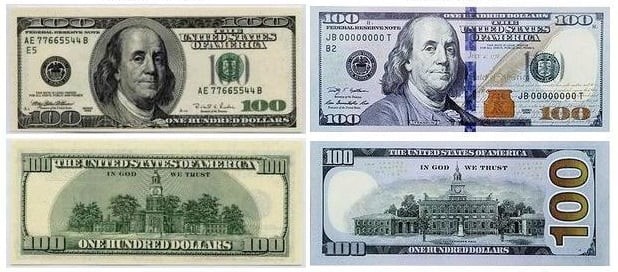
Old dollars are a special term for Ukraine. This term is used to refer to old banknotes that are still accepted by banks but with certain restrictions. Generally, anyone who frequently exchanges currencies should know the process of exchanging old dollars.
Small investors should also understand how to exchange old dollars for new ones, especially in Ukraine. One must know how and where to do it, as new dollars are not so easy to find (when the currency rises). Old dollars are still in circulation, even though it is not always easy to exchange them.
How to exchange old dollars for new ones?
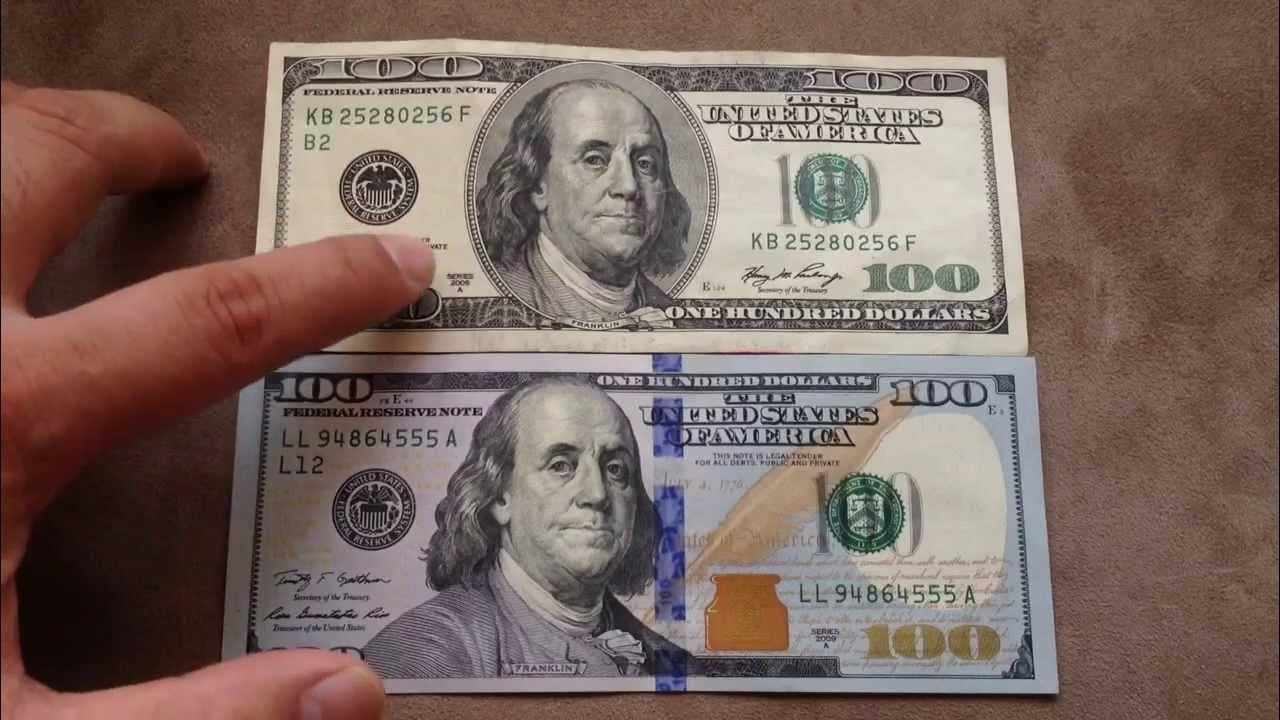
Old US dollar bills remain legal tender, but not all financial institutions and exchange offices are willing to accept them. In 2024, this issue is particularly relevant in Ukraine due to changes in banking regulations and consumer preferences for new banknotes.
Old banknotes can still be exchanged, but it takes some effort to find the right exchange rate. Banks can also be helpful, as some of them are suitable for this purpose.
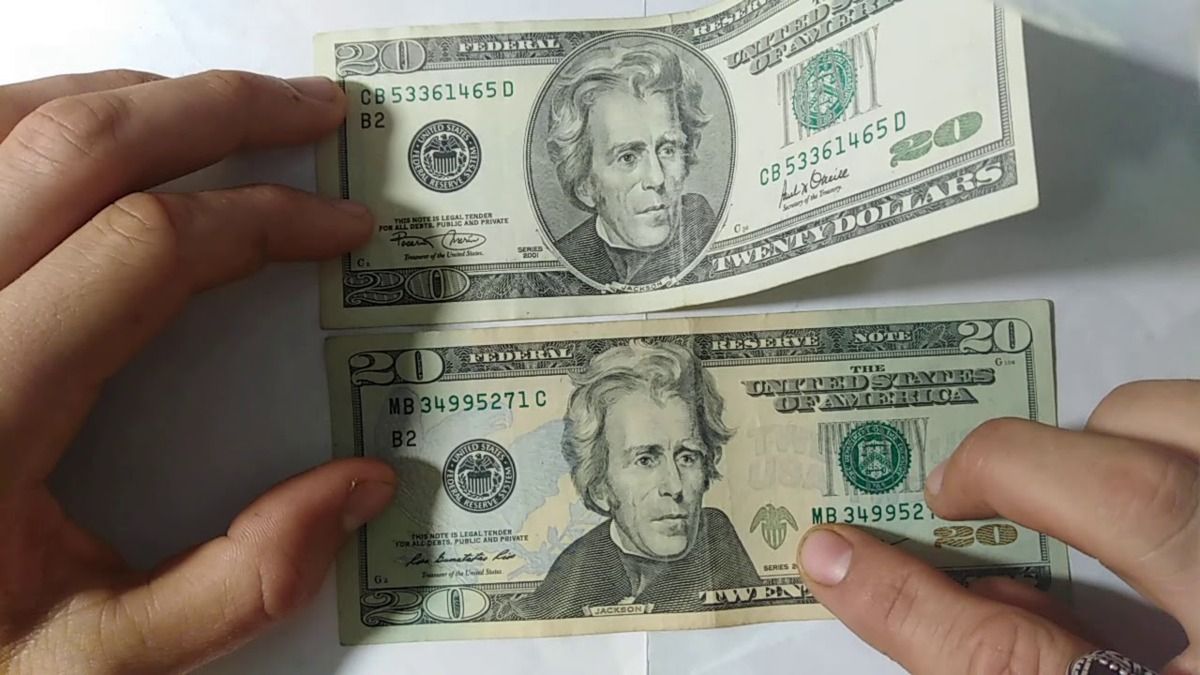
In general, one should understand that the American currency is often updated. This means that new banknotes are issued. This process also occurs with other currencies. Old banknotes then become “old” currencies. This process is relatively normal and there is nothing alarming about it.
When a new design for banknotes is issued, the state first combats counterfeiting of old banknotes. This process is very useful overall. However, old banknotes issued before the updates are often considered less liquid. Old and counterfeit banknotes immediately appear on the market (that are quickly tried to be disposed of).
Why then difficulties arise:
- Many simply fear encountering a counterfeit, so private exchange offices try to dispose of all these dollars immediately. Also, old banknotes are easier to forge.
- Bank policies must also be taken into account. Many banks and exchange offices set restrictions or fees for old banknotes.
There is another critical factor. Many people switch to new banknotes out of caution.
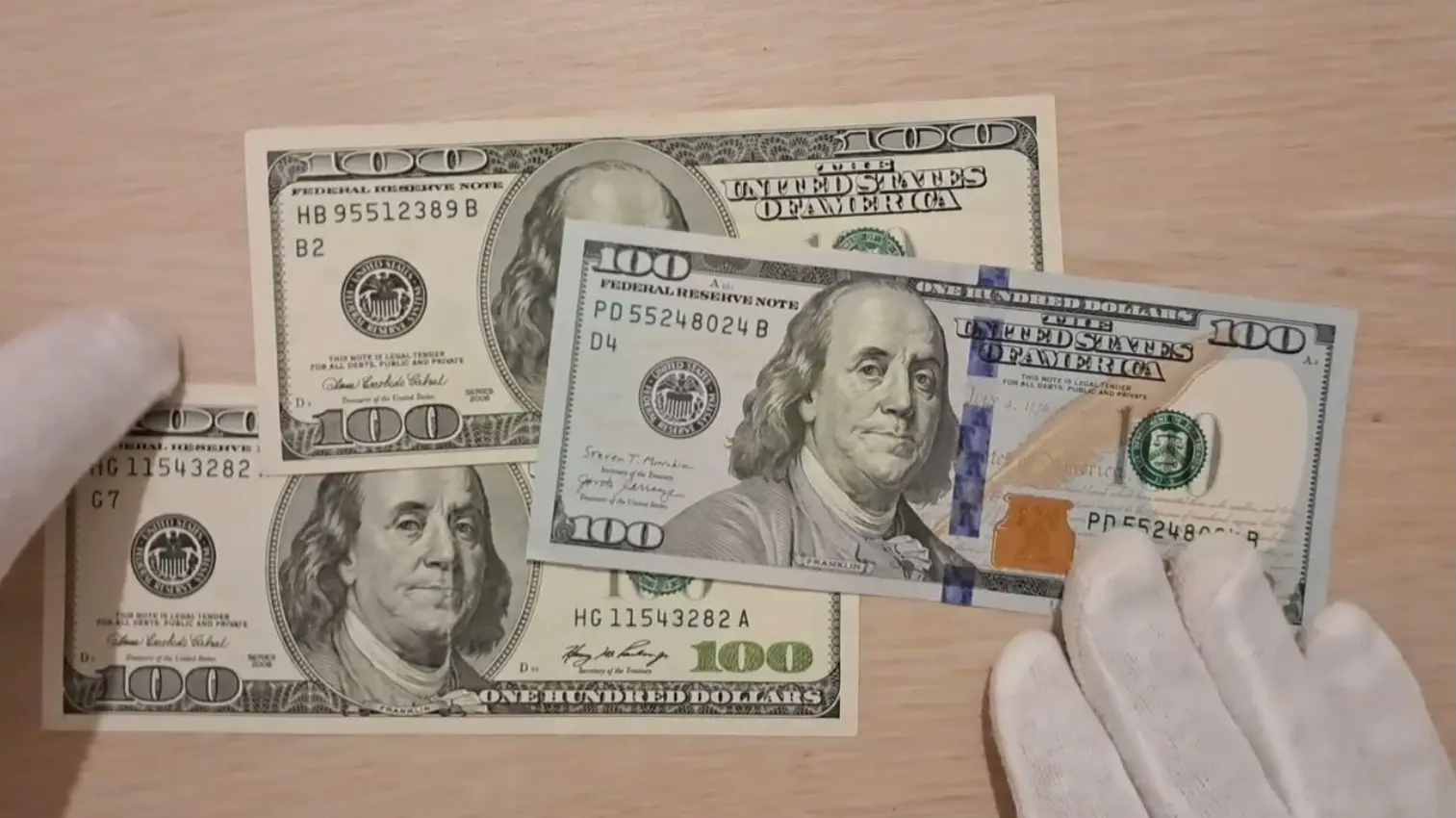
Thus, old dollars are banknotes issued before the design series with “big heads” starting in 1996. This means that during this Time, banknotes were updated multiple times. Note that the banknotes from 1996 are still in circulation. What distinguishes these banknotes:
- An old banknote has a smaller picture of the president.
- Such banknotes do not have updated security features. For example, colored threads or watermarks are missing. This leads to such banknotes being more easily forged.
It is important to note that even very old banknotes (e.g., from the 1990s) remain valid if they are not damaged. This means that theoretically, banks should accept such currencies. However, in practice, many issues arise.
What to do with old banknotes?
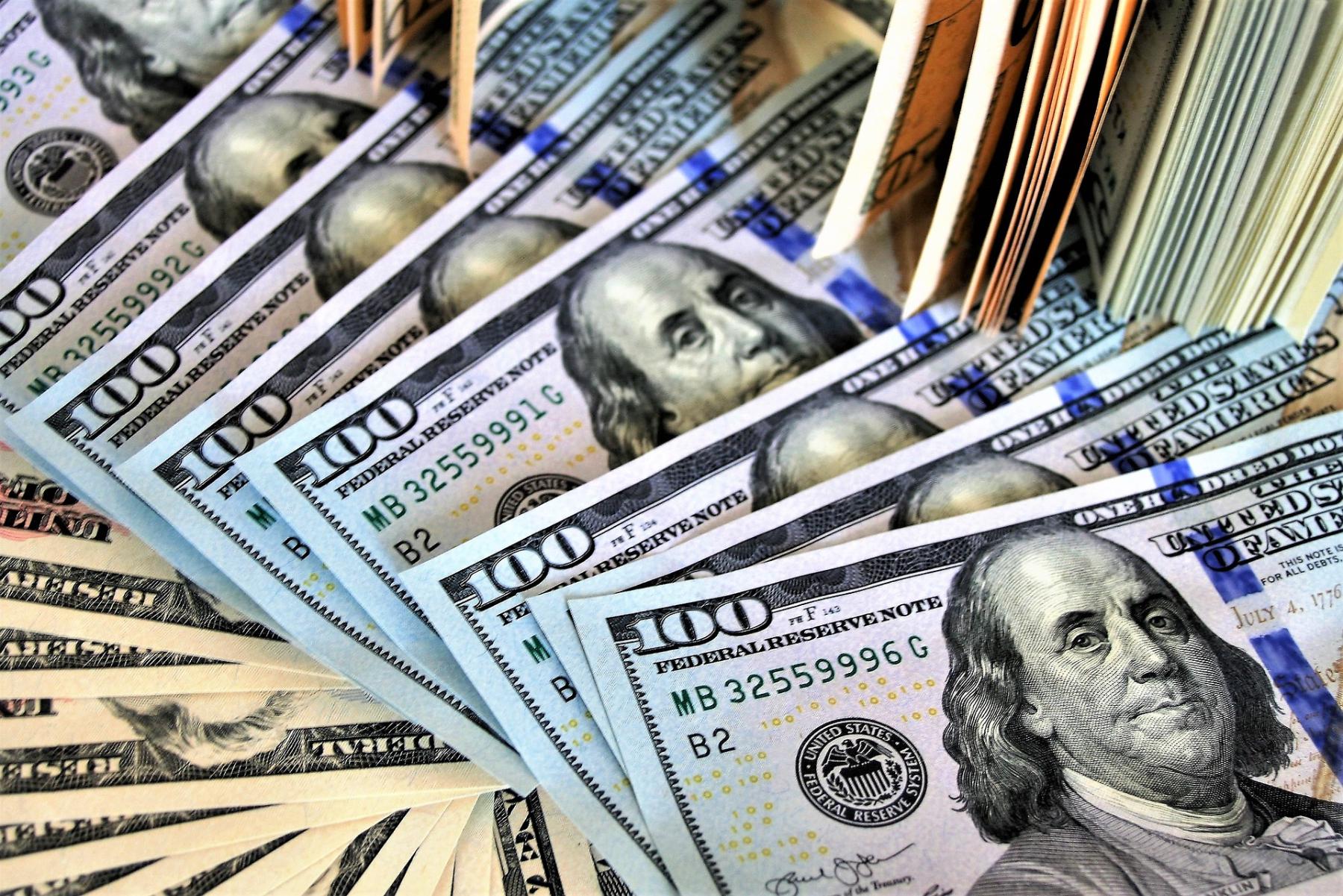
If you have old banknotes in hand, you can still exchange them. In Ukraine in 2024, this can happen as follows:
- At the bank. Banks are still the most reliable place for currency exchange. However, not all banks accept old banknotes, and a fee may be charged for their exchange. For example, PrivatBank accepts old banknotes but may charge a fee of up to 10%, while Oschadbank accepts such banknotes after very thorough verification.
- Exchange offices. Not all exchange offices accept outdated dollars, but some provide such services. Note that the exchange rate may be less favorable.
- Private persons. If one has rare or extraordinary banknotes, collectors might be interested in purchasing them at a higher price.
Overall, it is easiest to exchange whole and undamaged banknotes. Therefore, before exchanging old dollars, you should check their condition. Most likely, the banks will reject:
- Banknotes with different inscriptions.
- Banknotes that are worn out (completely or partially torn).
- Banknotes that have stains (that have gotten wet).
If the banknotes are slightly damaged, ask the bank about the possibility of exchanging them. Some banks accept even such currencies. For exchanging heavily damaged banknotes, contact a bank that cooperates with foreign partners.
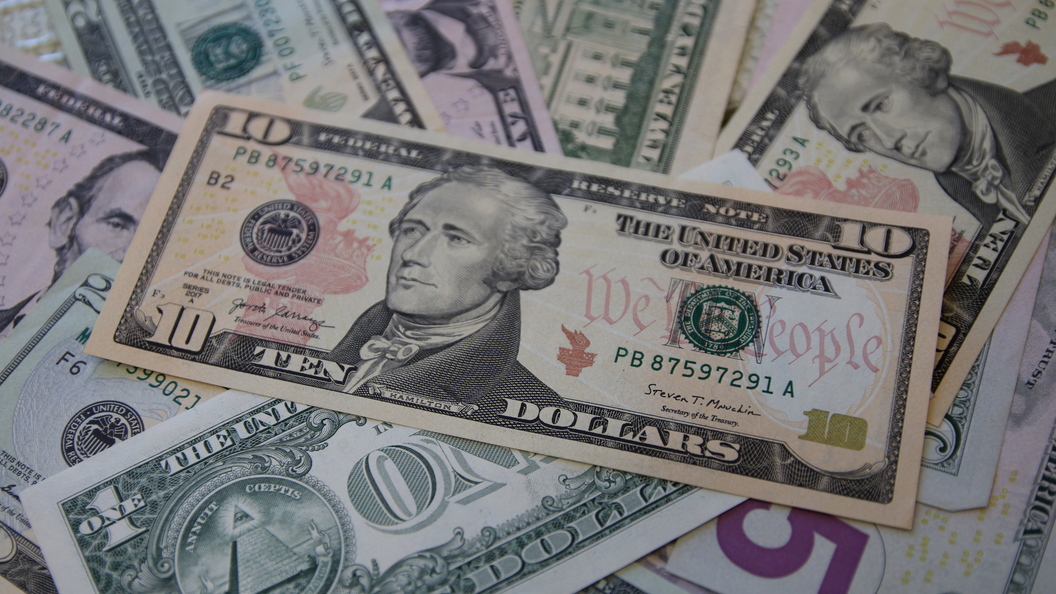
Moreover, additional documents may be required for the exchange of old currencies. These include a passport and a tax number. If it is about a foreigner, a passport may be required.
It is also advisable to think about fees. Banks charge fees between 5 and 15%. Exchange offices charge less, but they may not have very favorable rates. Private individuals set their own prices at which they are willing to buy banknotes. In general, to reduce the fee, you should inquire about the offers of different banks. Also, when it comes to exchange offices, you should ask in advance about their fees and check their reputation.
Read also
- What is emission in simple terms
- What is an embargo in simple terms
- What is a moratorium in simple words
- What is the Gini coefficient in simple terms
- What is debt consolidation in simple words
- What is institutionalism in simple terms


